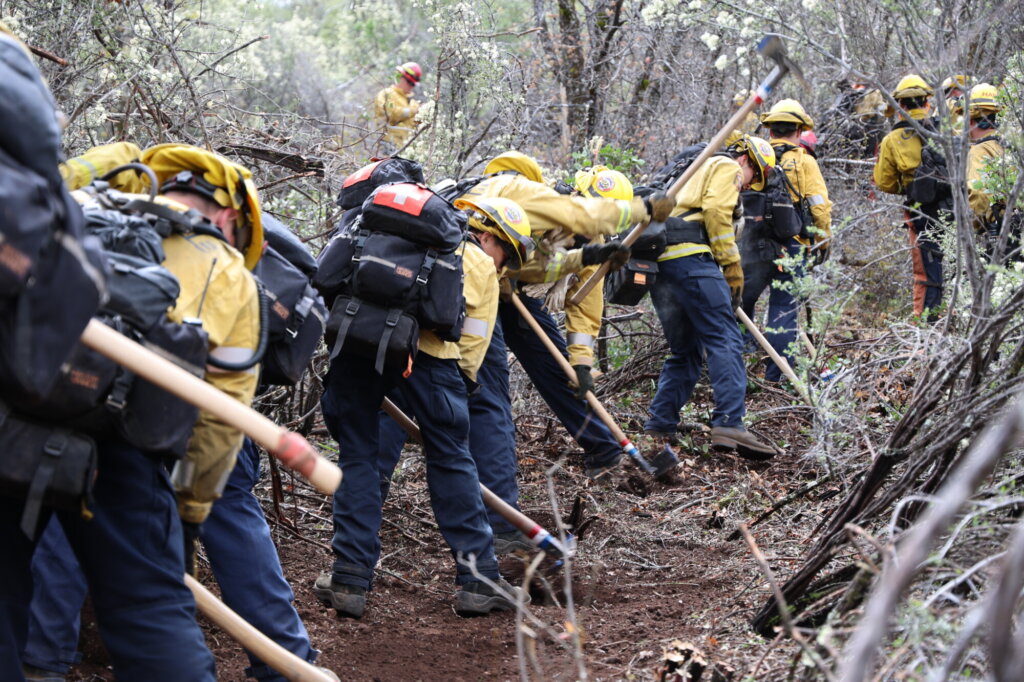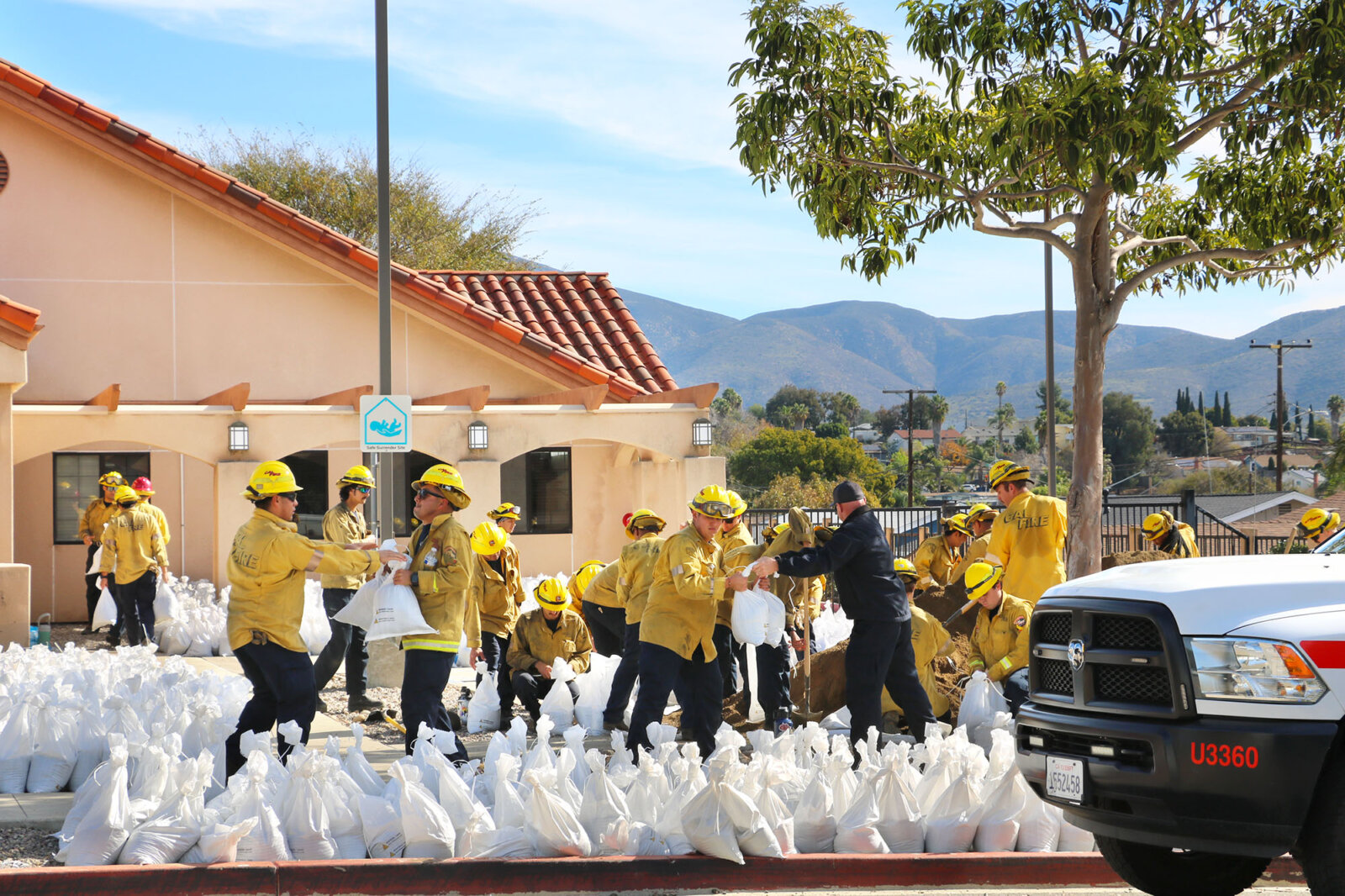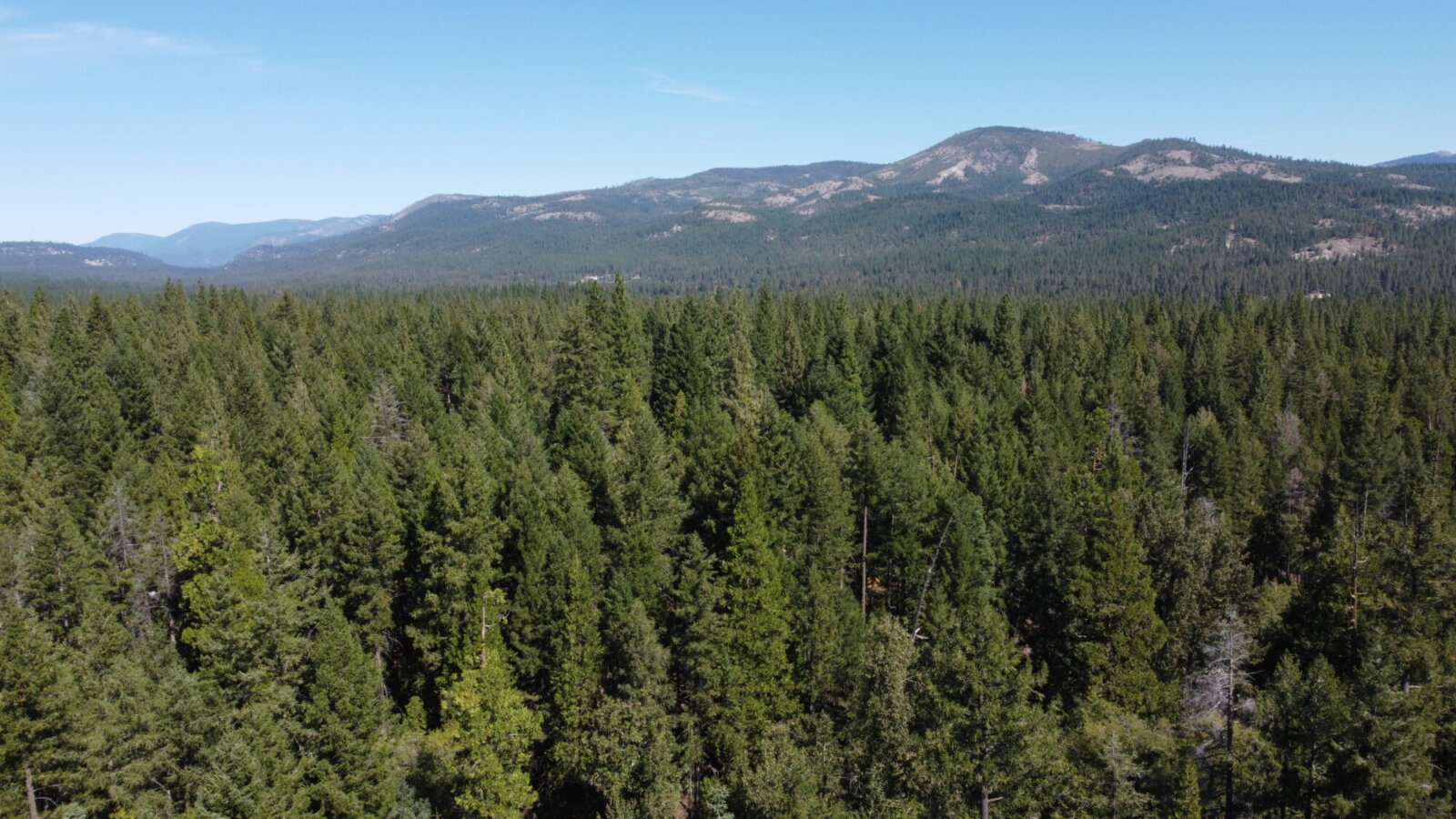After a Wildfire
From damage assessment to future planning, get all the advice you need to recover from a wildfire.

Returning home safely post-wildfire
Re-entering your home after a wildfire can be an emotional experience, filled with uncertainty about the extent of the damage. Before returning home ALWAYS check with officials that it’s safe to do so. Once home, perform these safety checks:
- Look for hot spots, smoldering areas, and vegetation on your property.
- Inspect the roof and outer parts of your house for any sparks or embers.
- Search the attic and all rooms for hidden sparks or embers.
- Examine your home for fire damage. Ensure all appliances are off and the main circuit breaker is safe to turn on.
- Check your water supply system, like wells or pump-houses, to make sure they’re working.
- If you spot any danger, call 911 immediately.
- Get advice from local professionals on fire-resistant landscaping
Find out more about what to do upon Returning Home After a Wildfire.
Flooding after wildfires: Be prepared with our toolkit
The “Flood After Fire California Toolkit” offers essential tips for dealing with increased erosion and runoff risks after a wildfire. Stay informed to stay safe.

How wildfires impact the watershed
Usually, trees, shrubs, grass, and other ground covers keep the soil in place and let rain soak in. But after a wildfire, the intense heat can harden the soil, stopping water from absorbing into the ground. This creates too much runoff and erosion in areas affected by the fire, posing immediate and long-term challenges.
To counteract the loss of vegetation and stabilize the watershed, CAL FIRE implements several measures, such as:
- Installing waterbars on dozer firelines to divert water and prevent erosion.
- Cleaning out soil and organic debris from streams affected by fire lines and applying mulch to reduce erosion.
- Restoring road drainage systems to their pre-fire conditions to manage runoff effectively.
- Managing downed trees near roads and structures to reduce fire fuel and hazards.
- Repairing land improvements like fences, gates, and water pipes damaged during fire suppression.
Role of Watershed Emergency Response Teams (WERTs)
In certain cases, CAL FIRE deploys WERTs to conduct detailed assessments of the affected areas to identify critical threats to safety and property, like potential debris flows, flooding, and erosion. These teams focus on:
- Assessment & planning: Identifying areas at high risk and developing preliminary emergency protection measures.
- Communication & coordination: Sharing findings with local emergency management agencies to facilitate immediate action.
- Funding & implementation: Helping local jurisdictions access FEMA or NRCS funding for emergency protection measures, including the installation of K-rails, sandbags, and other protective structures.
Preparing for future risks
Despite these mitigative efforts, it’s crucial for communities to stay vigilant and prepare for possible flood, debris flows, and erosion events. Here are ways that you can be prepared:
- Know Your Risk
- Create a Communications Plan
- Have an Emergency Supply Kit
- Prepare Your Home
- Sign Up for Notifications
- Leave if you feel unsafe or are prompted to evacuate
Learn more at: https://www.weather.gov/stormready/
Rebuilding post wildfire: A guide for California communities
Recovery is a community effort. From listing damaged items to choosing the right debris removal option, understand how to mobilize your community for effective rebuilding.
